The Tanabata series following the previous blog “The Star Festival“. This time for the second time is “Five Colors of Strips (Tanzaku)”.
In the ancient Chinese ancestral event “Kikoden”, they were decorating the five colors threads, and after being transmitted to Japan, they have been changed to strips to decorate Japanese poems (Waka). And from the Edo era when ordinary people spread to wishes and the “Milky Way” and other words and pictures wrote down on the strips, turning to hang them on bamboo leaves. Incidentally, Tanabata remains as a custom in China, Korea, Taiwan, etc., but only in Japan, writing a wish in a strip and hanging it on the bamboo leaf. I thought again that Japanese culture likes to write songs and write something.
There are also meanings for the five colors, and the color based on the Chinese Yin-Yang five-line theory is derived. The Yin-Yang five-line theory is that everything has two conflicting aspects of “yin and yang” and has five elements of “Tree / Fire / Earth / Gold / Water” which is the root of all of this world. The color applied to these five elements is “Blue / Red / Yellow / White / Black“, each of which has its own meaning.
– Blue (Green) = Tree = Symbolizes the growth of trees
– Red = Fire = Symbolizes the sparkling flame
– Yellow = Earth = Symbolism of plant germination
– White = Gold = Symbolizes minerals and metals
– Black (Purple) = Water = Symbolizes water springing from spring
These five colors were used not only for strips but also for the Tanabata decorations hung by bamboo leaves, these Tanabata decorations also have their own meaning.
– Orizuru (paper crane): Fold paper cranes representing longevity and wish them to live longer
– Fukinagashi: Represents a weaving yarn provided to Orihime (Vega), and there are also meanings of amulets using five colors. It is a sticker of five color tapes to the paper breeze and the Kusudama (balls). Hope you will improve your sewing after Orihime (Vega)
– Tsunakazari: The netted decoration represents a fishing net that catches fish and hope for a big catch
– Saifu (Wallet): Folding and decorating origami in the form of a wallet or purse. Also, may lower the real wallet. Wish for the rise in money luck
– Kamiko: It is a decorated doll or kimono made with paper. It is said that sewing will improve and you will not have to worry about what you wear. There is also a meaning to transfer evil to a doll
– Kuzukago: Hang the paper waste that got when making Tanabata decorations in a bent broken folding paper. It has a meaning to nurture a mind of organization and saving
And these Tanabata decorations including strips were practiced by sending them to the sea or the river on the evening of July 7 to be cleaned.
…There are many things I did not know and it is a bit embarrassing, but as I study it in this way it has a story and meaning. I have learned a lot! And then the meaning is of course learnings, but also the colorful Tanabata decorations are decorated on bamboo leaves, the scenery that is swaying in the wind while setting the sounds silky is very nice and it’s pretty nice and sweet.
Well, the last third of the Tanabata series will be “Bamboo”.
I wonder if Tanabata of the Edo period was like this. Beautifully decorated with bamboo leaves on the top.
“The City Flourishing, Tanabata Festival, No. 73 from One Hundred Famous Views of Edo” Utagawa Hiroshige (from Brooklyn Museum Online)
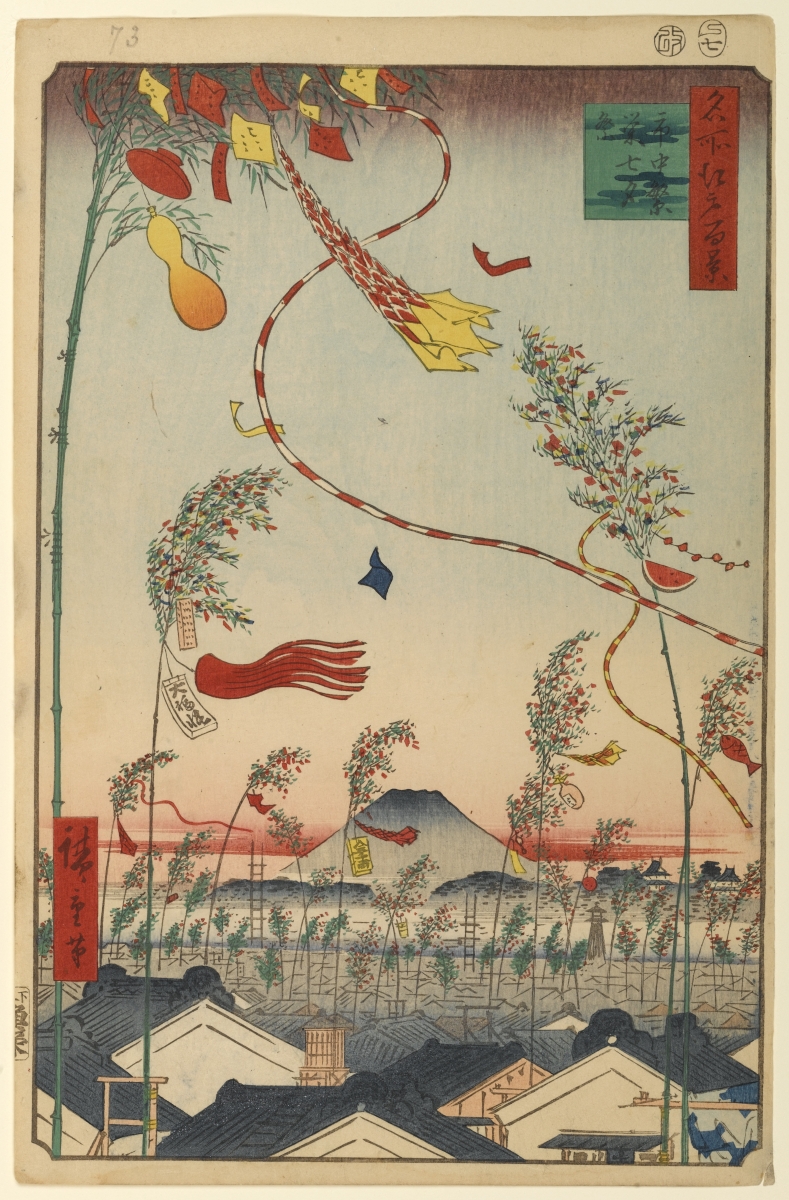



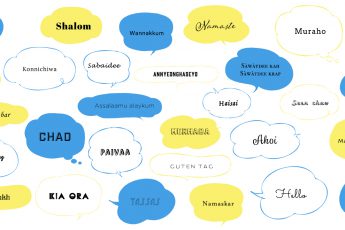
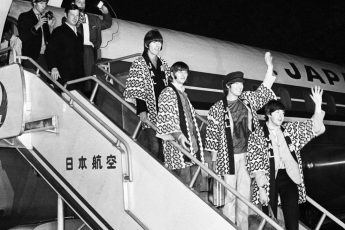
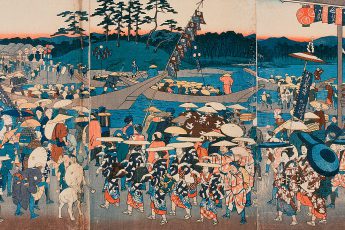
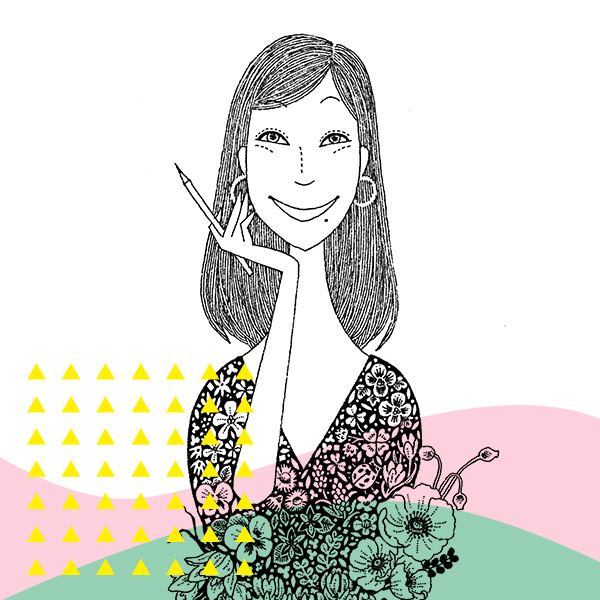
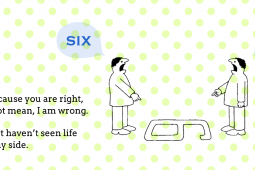
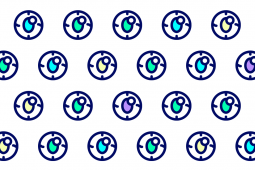

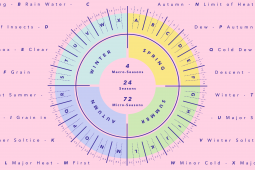
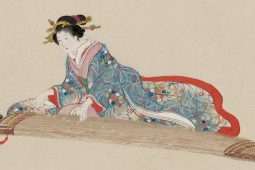

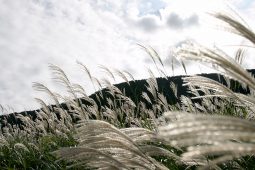
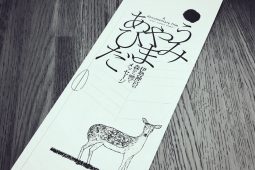

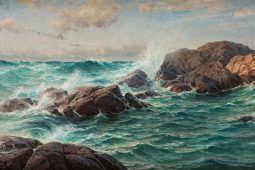
Leave a Comment